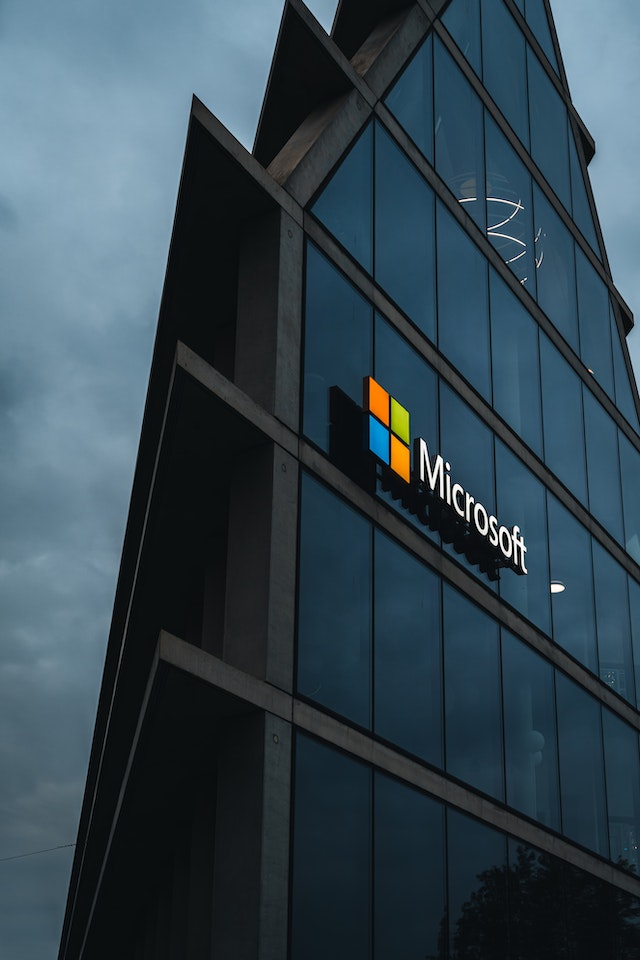In a startling announcement, Microsoft has unveiled a disturbing revelation about the perpetrators behind a series of targeted phishing attacks on their widely-used collaboration platform, Microsoft Teams. The tech giant has identified Russia-linked hackers as the masterminds behind these malicious campaigns that have impacted numerous organizations. As cybersecurity becomes increasingly critical, understanding the tactics employed by these hackers and adopting preventive measures becomes paramount. In this article, we’ll delve into the details of these attacks and provide insights on how to fortify your defenses against such threats.
Unraveling the Teams Phishing Attacks:
Microsoft’s security researchers have been meticulously investigating a wave of phishing attacks that exploited Teams’ widespread adoption during the pandemic. Cybercriminals capitalized on the platform’s popularity and leveraged ingenious techniques to trick users into divulging sensitive information, thereby compromising organizational data and security.
Phishing Tactics Deployed:
- Impersonation: Hackers masqueraded as legitimate entities, such as colleagues or management, through deceptive display names and profile pictures, making it challenging for users to discern the authenticity of the messages.
- Malicious URLs: By embedding malicious links in seemingly benign messages, hackers exploited human curiosity, leading victims to click on these URLs unwittingly, granting unauthorized access to their accounts.
- Phony File Sharing: Cybercriminals enticed users with fake file-sharing requests or collaboration invitations, luring them into granting permissions to their accounts unknowingly.
- Credential Harvesting: Through cleverly designed login pages, hackers captured login credentials, which they later used to infiltrate networks and escalate their attacks.
Microsoft’s Response and Mitigation Strategies:
Upon discovering the scale and sophistication of these attacks, Microsoft swiftly implemented countermeasures to mitigate the threat to their users and improve the platform’s security. The company deployed advanced AI-powered detection algorithms to identify and block suspicious activities. Moreover, they bolstered their authentication mechanisms to prevent unauthorized access and introduced multi-factor authentication (MFA) as an additional layer of defense.
Tips to Protect Your Organization:
- Educate Employees: Conduct regular cybersecurity awareness training to help employees recognize phishing attempts and teach them best practices for handling suspicious messages.
- Enable MFA: Implement multi-factor authentication across all accounts to reduce the risk of unauthorized access, even if login credentials are compromised.
- Verify Requests: Encourage employees to verify the authenticity of requests, especially when they involve sensitive information or financial transactions.
- Stay Informed: Keep abreast of the latest cybersecurity threats and trends, and ensure that your organization’s security protocols are continuously updated to address emerging risks.
Conclusion:
As Russia-linked hackers continue to orchestrate sophisticated phishing attacks on Microsoft Teams, it is essential for organizations and users to remain vigilant and proactive in safeguarding their data and systems. By staying informed, educating users, and adopting robust security measures, you can significantly reduce the risk of falling prey to such cyber threats. Microsoft’s efforts to combat these attacks are commendable, but the responsibility to protect your organization ultimately lies in your hands. Take action now to fortify your defenses against this growing menace of phishing attacks.












